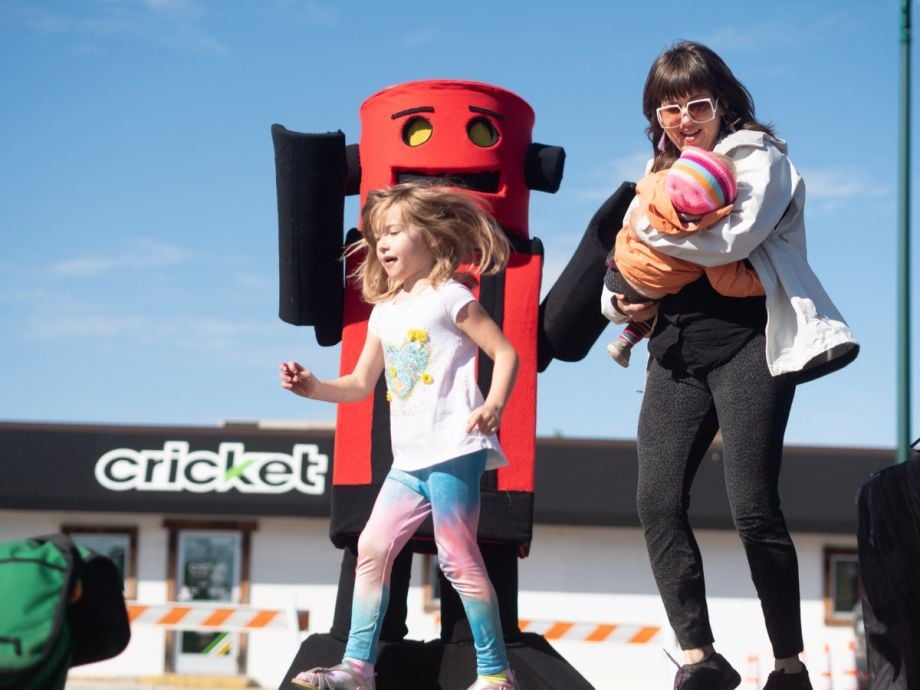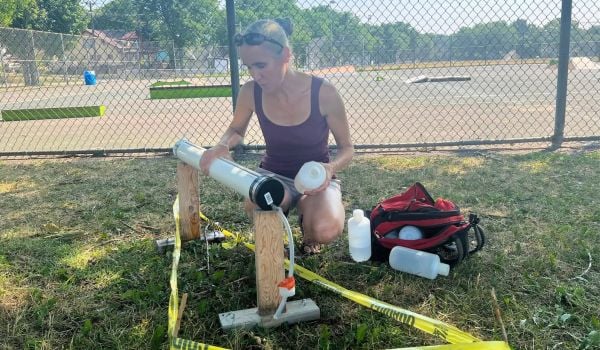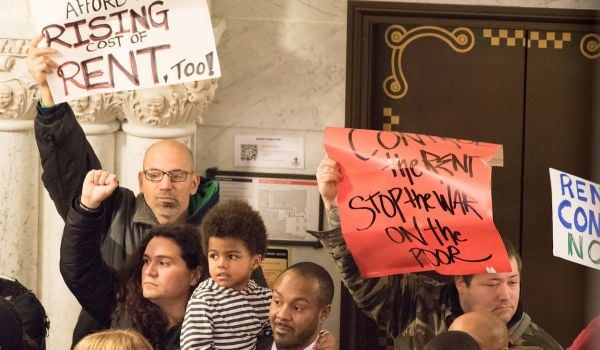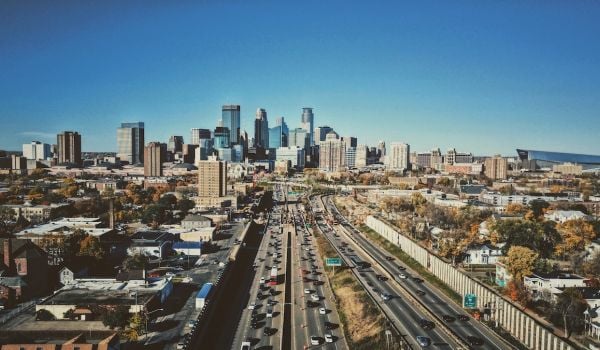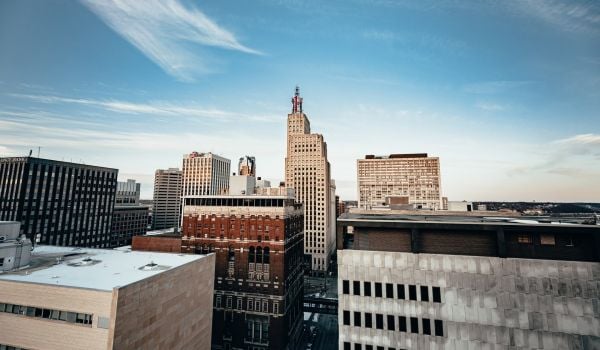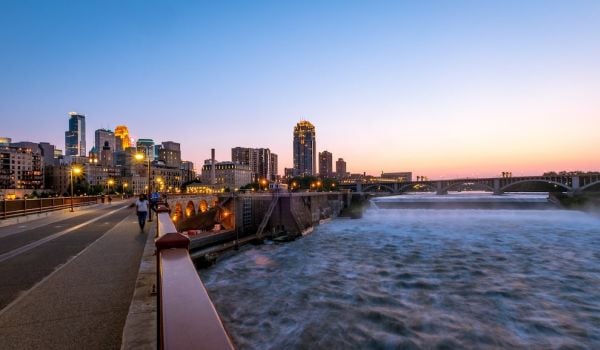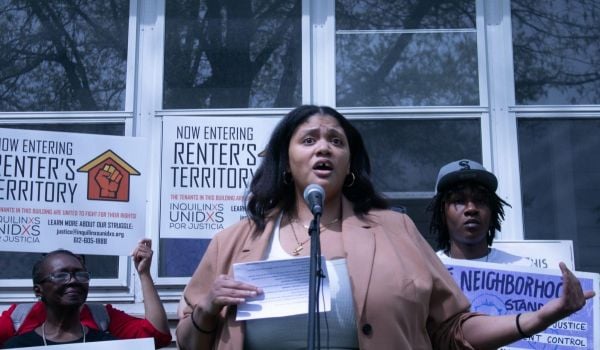Five years ago St. Paul-based Springboard for The Arts, a community development organization anchored in the arts, used the installation of the city’s new Green Line light-rail line to bring beauty, fun and community engagement to the construction corridor. Dubbed the “Irrigate” project, artists were given grants to execute everything from murals to performances along the future Green Line.
As the Twin Cities gear up for a possible future extensions of the Blue Line through five northern Minneapolis suburbs, Springboard carried out a similar project, called Cultivate Bottineau and named after the light rail transit line of the same name, that started last year and ran through this fall. In partnership with Minneapolis’ Hennepin County and the McKnight Foundation, Springboard’s artists’ community planned and executed community-focused art projects along the future Bottineau transit route during the planning and pre-development phases of the light rail extension.
Ultimately, Cultivate Bottineau gave community development training to just under 100 artists from across the five suburbs of Crystal, Golden Valley, North Minneapolis, Robbinsdale and Brooklyn Park. Thirty-five of those artists proposed 26 projects, all of which were accepted. While each artist was awarded $1,000 to carry out their work, several decided to team up and pool their grants to pull off more costly projects.
Artists painted murals, built a bike trailer that folds out to become a pop-up print shop, and even created a trailer-turned-mobile-theater-stage (the artist hitched it to his car and used it to host pop-up theater performances along the route.)
In several instances, the works led to increased recognition for the artists and even additional commissions from the cities themselves.
“It’s not purely decorative and beautification, but really about the relationships. What we’ve seen time after time is that it changes communities and how they understand one another and all the sudden you have 10 to 15 artists from a place who feel like they have a voice,” says Jun-Li Wang, a community development director at Springboard. “They know who works at city halls and it changes people’s relationships with power structures… It was like, how do we take advantage of this chaotic time where there’s a dearth of programming and how do we get artists into the mix?”
Originally slated to occur during the construction as Irrigate did, when the Blue Line extension stalled, the project soldiered on, building on the success of the Irrigate project and tweaking it to make improvements this time around.
“With the Irrigate model we used at the beginning, the idea was that it’s super open and accessible for artists, especially first-time artists who haven’t done things like this before,” says Sam Buffington, a community organizer at Springboard. Because of that fluidity, though, it was hard to give residents and cities notice about when events, installations, and performances would be happening since the artists were able to carry out their work fairly spontaneously. This time around, Springboard asked artists to plan events and activations coinciding with community events.
In addition to planning events at least a few months ahead of time, Springboard also had to alter its approach to the project, which was originally designed to coincide with construction. “When the [light-rail] project got pushed back, first one year, then two years, we wanted to focus [Cultivate’s work] on building relationships between artists and people in those cities and counties so that they can figure out how to work together in the future,” Buffington says. Chiefly, the Cultivate projects serve to highlight local artists in their own communities, putting them on the radar for future engagements and commissions from the cities they live in rather than outsourcing creative talent from the Twin Cities or beyond.
With both Wang and Buffington noting that carrying out the projects in the absence of the actual construction of the Blue Line was a challenge and led to something of a disconnect between the work and the construction, overall they see the connections that the artists made with their cities as a success.
“It gives people this idea that next time you have a community event that you can contact these artists,” Buffington says. “If you’re looking to do a mural in Brooklyn Park, you don’t have to bring someone in from Minneapolis or California.” As Cultivate Bottineau showed, there are artists in everyone’s backyard — sometimes literally.
This article is part of “For Whom, By Whom,” a series of articles about how creative placemaking can expand opportunities for low-income people living in disinvested communities. This series is generously underwritten by the Kresge Foundation.

Cinnamon Janzer is a freelance journalist based in Minneapolis. Her work has appeared in National Geographic, U.S. News & World Report, Rewire.news, and more. She holds an MA in Social Design, with a specialization in intervention design, from the Maryland Institute College of Art and a BA in Cultural Anthropology and Fine Art from the University of Minnesota, Twin Cities.
Follow Cinnamon .(JavaScript must be enabled to view this email address)

